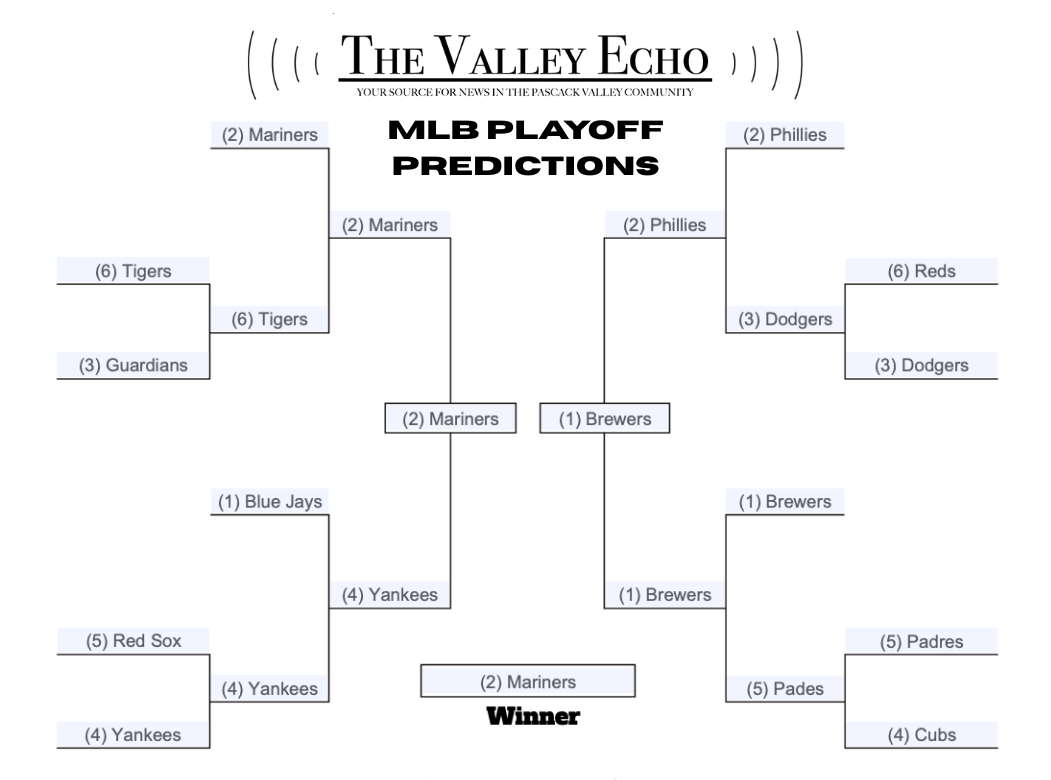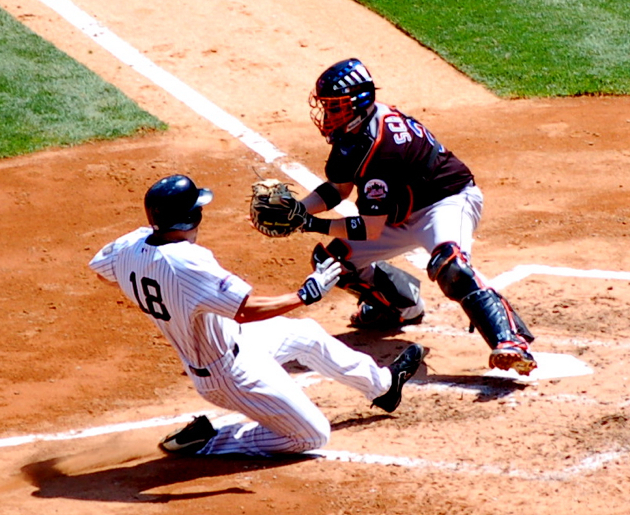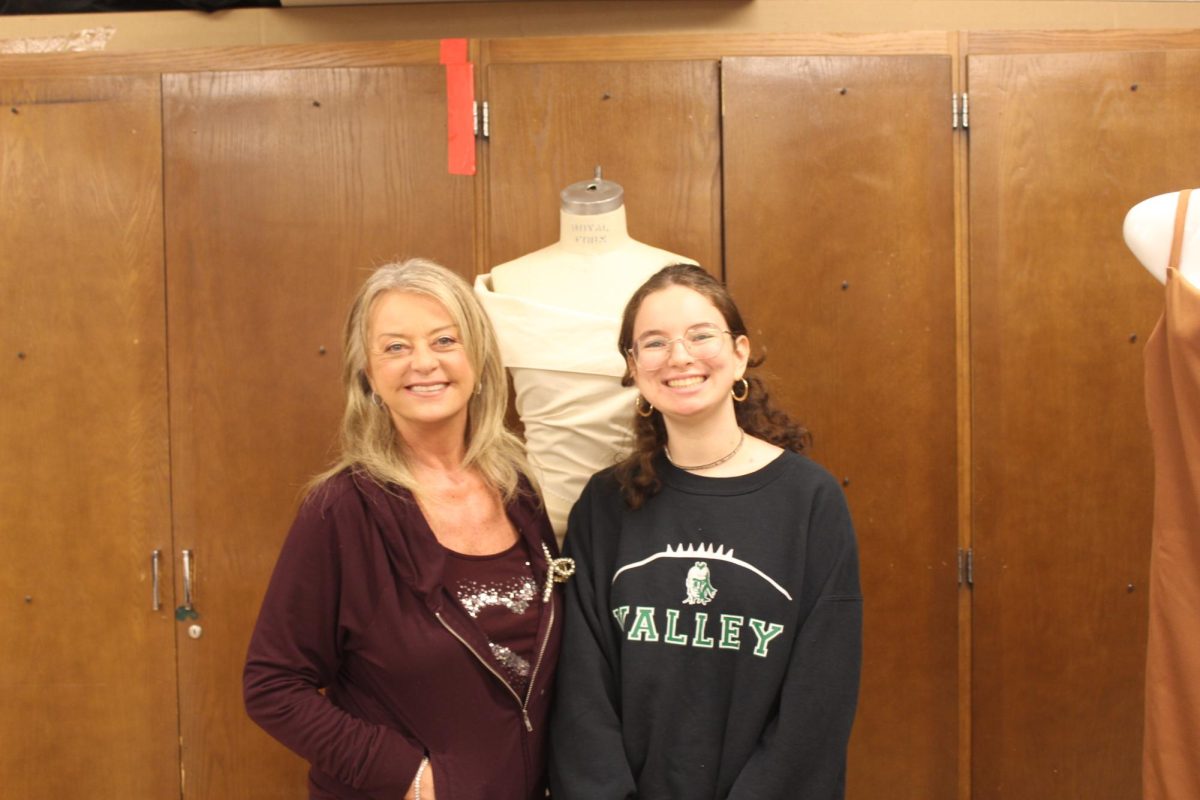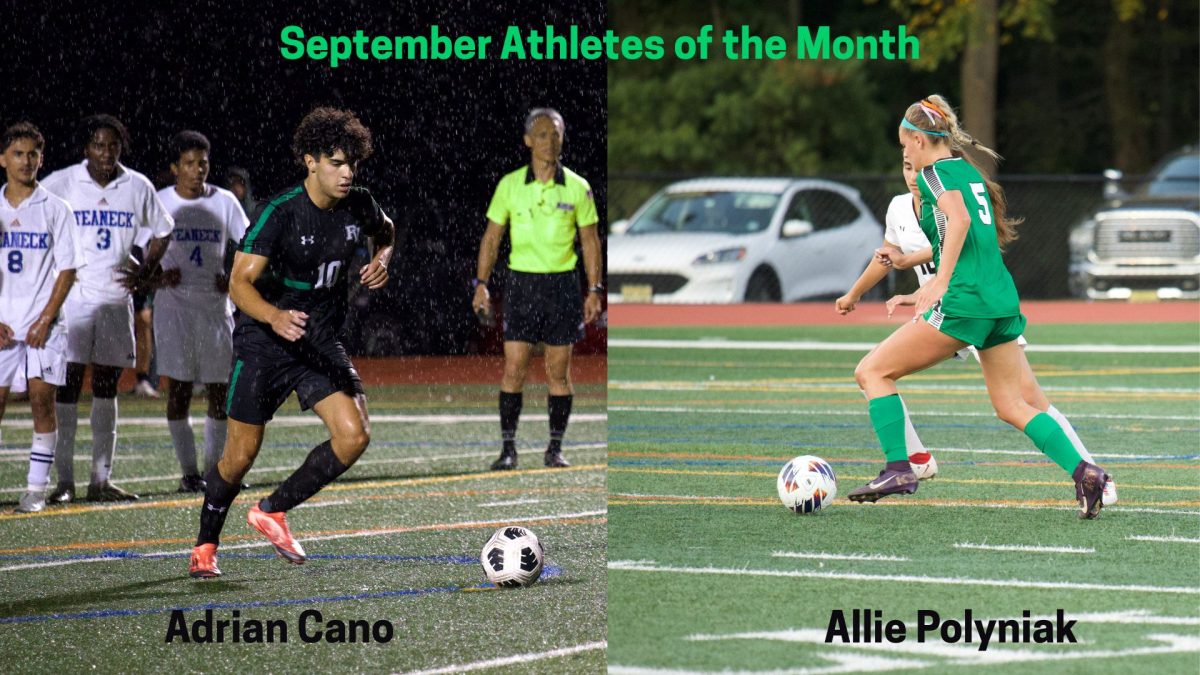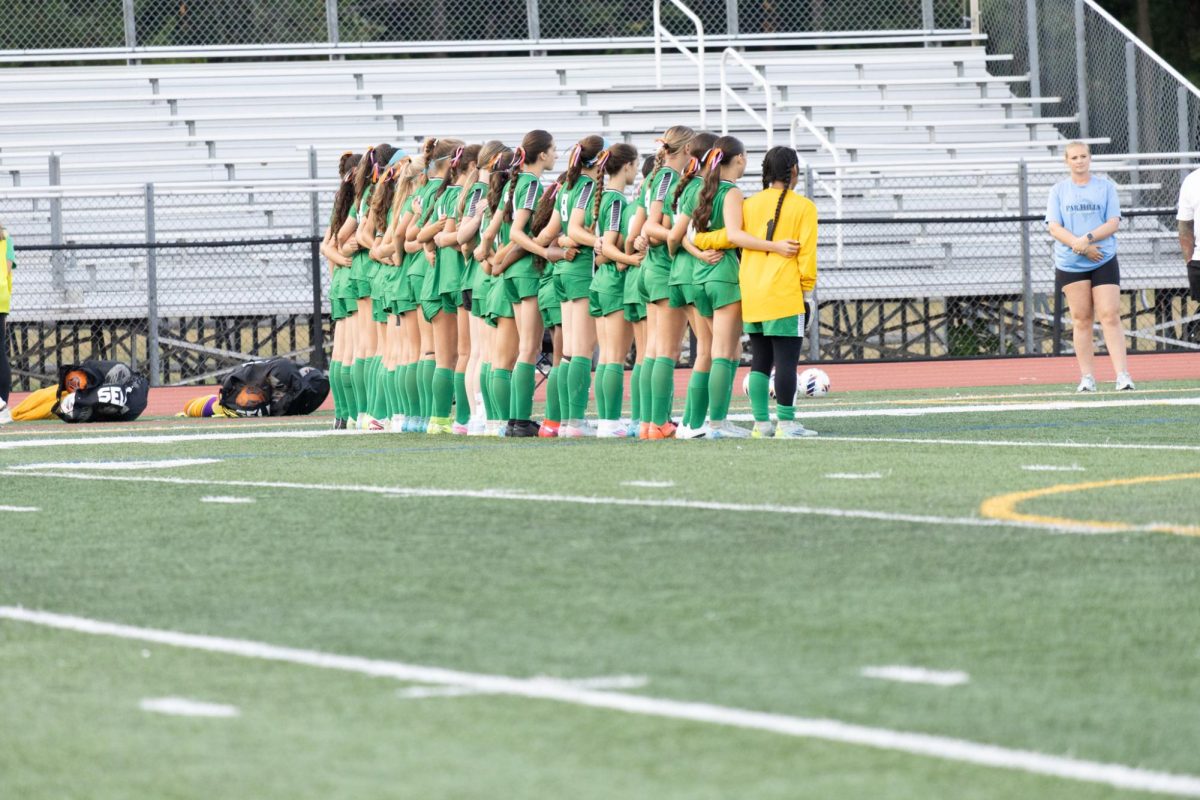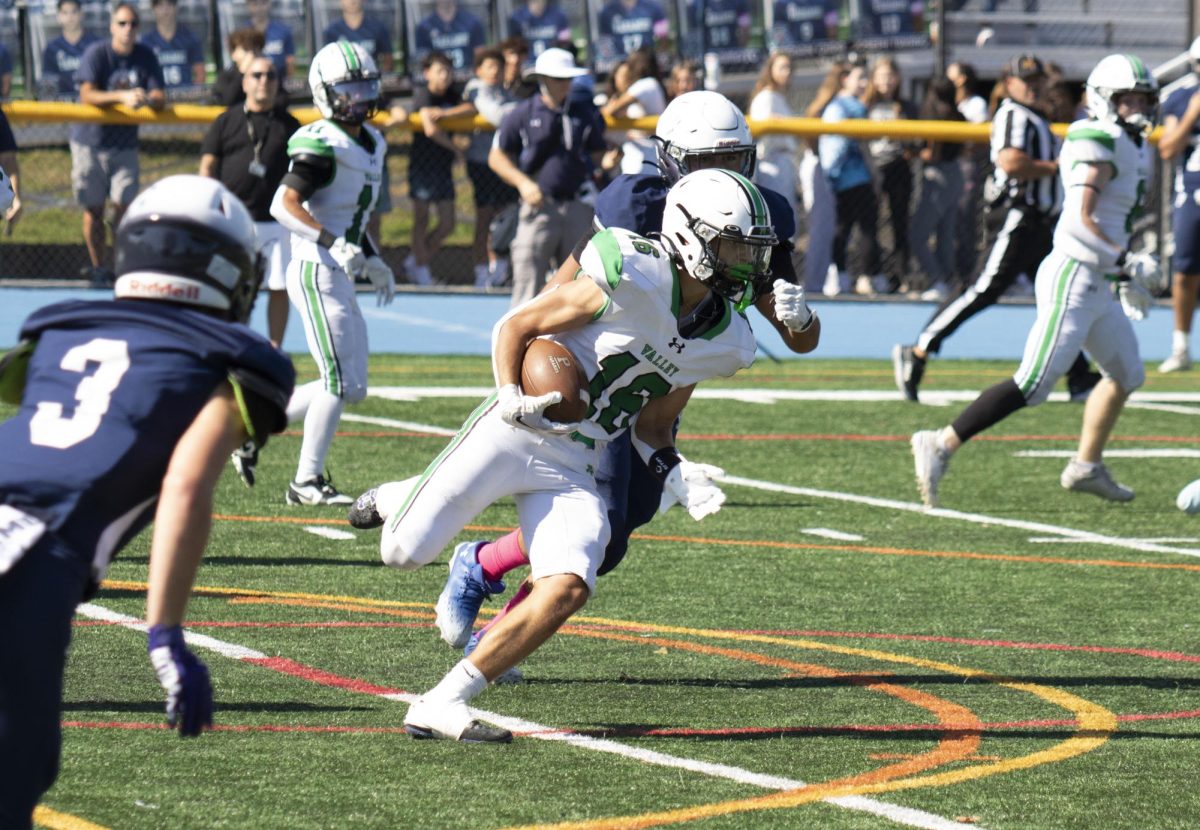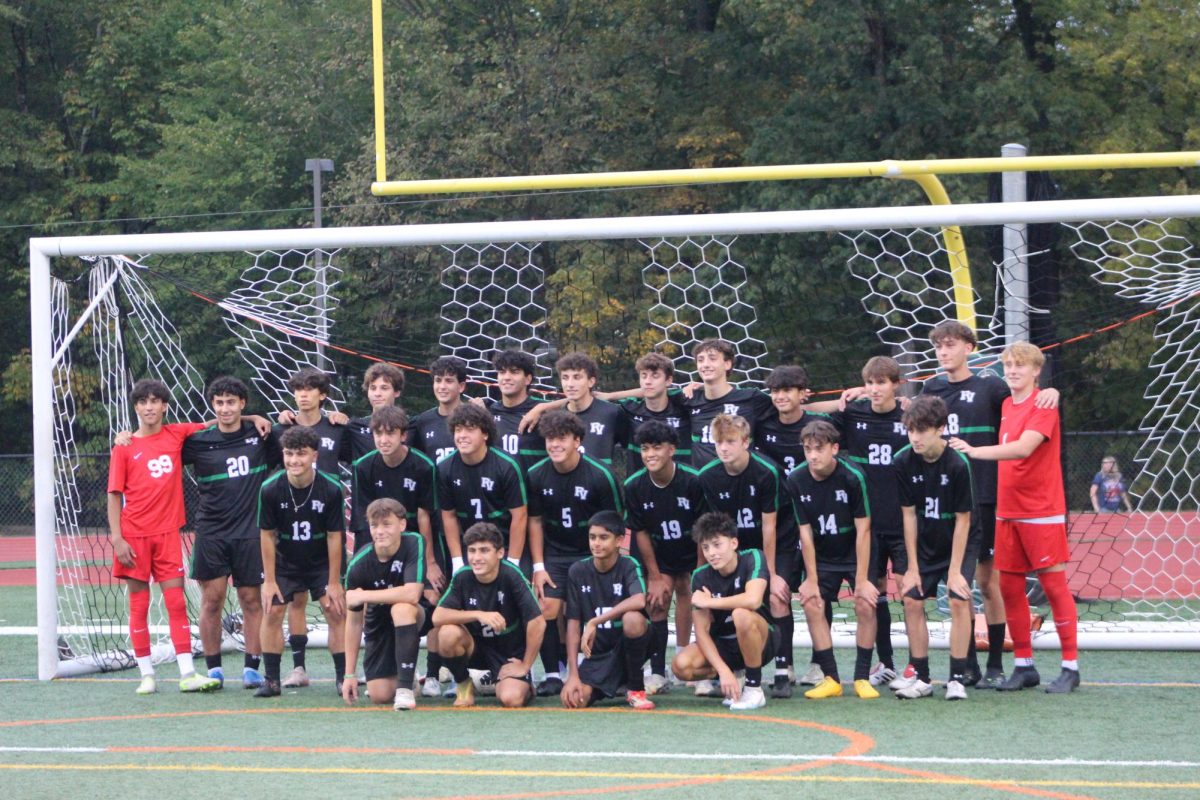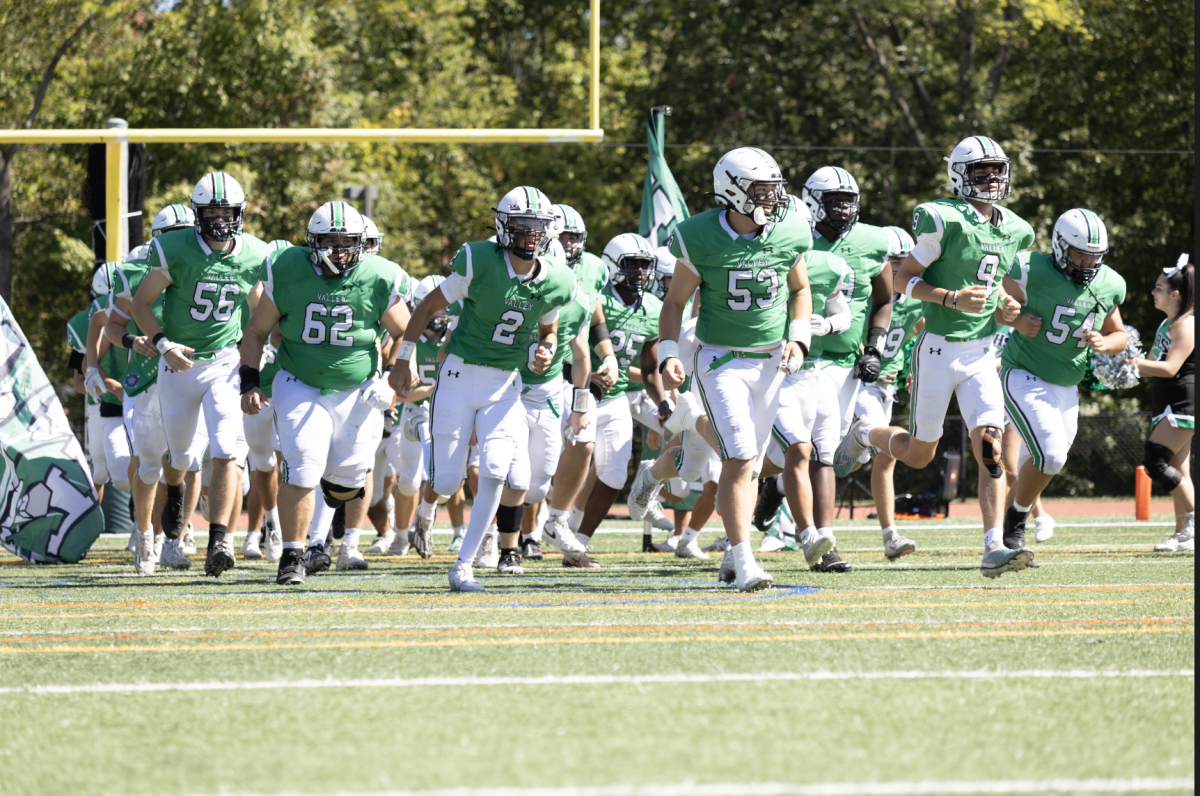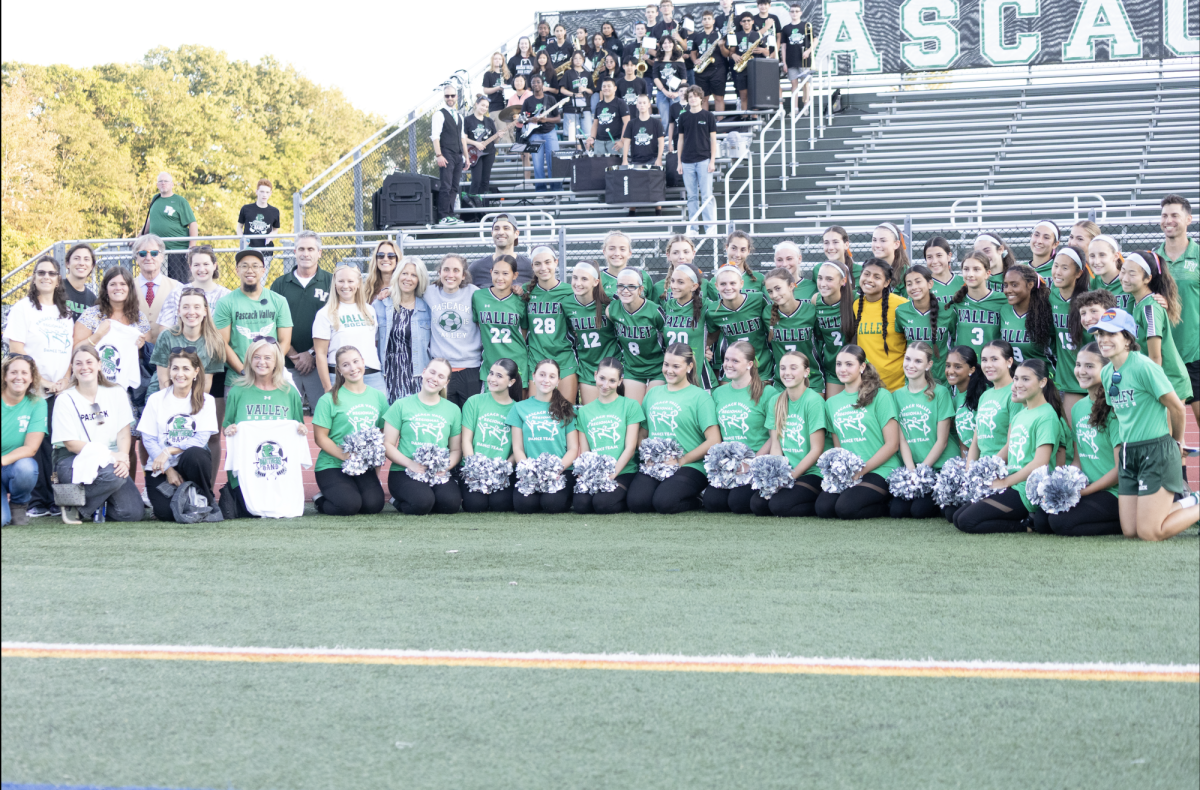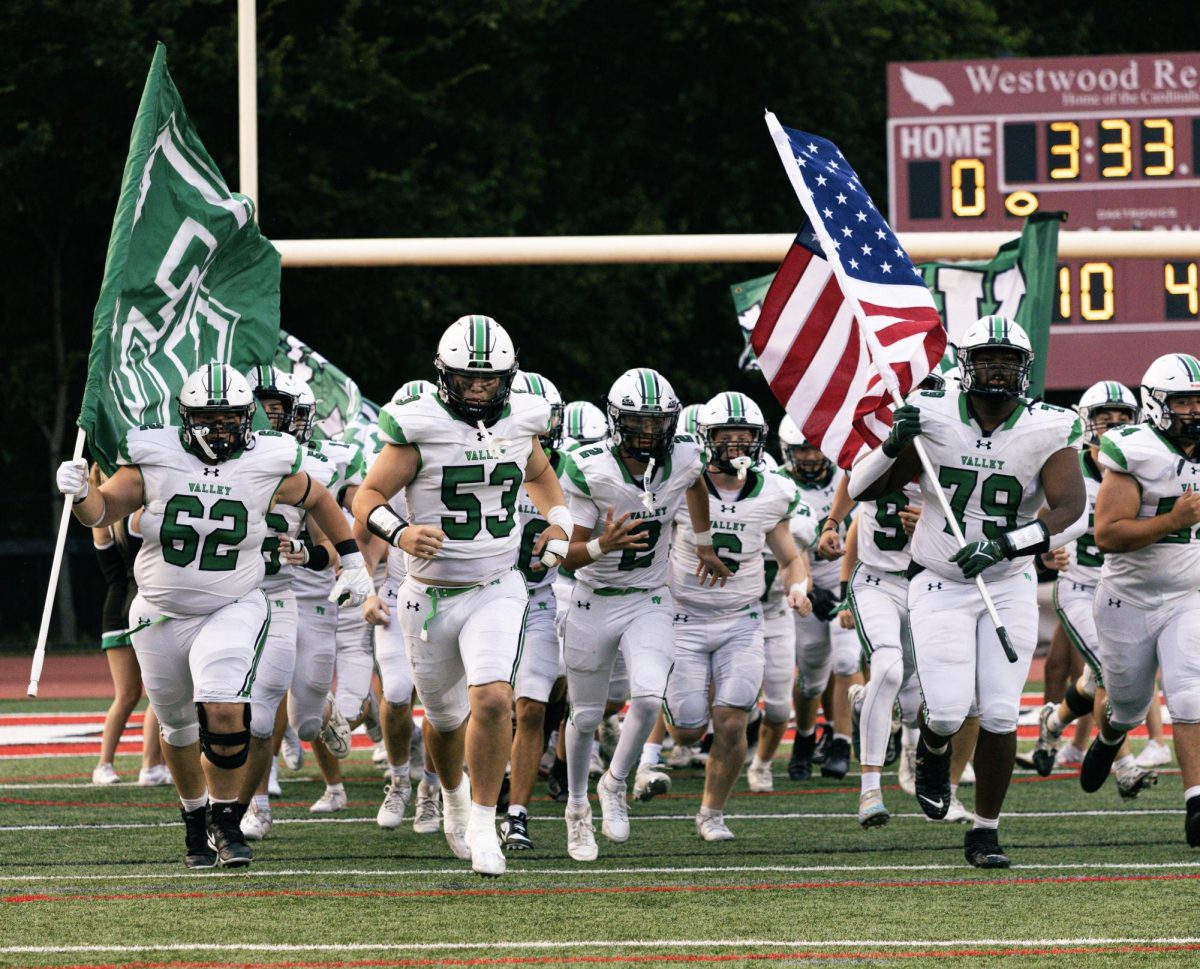Has Name, Image and Likeness (NIL) ruined the madness in March? Before we talk about why NIL ruined the madness in March, we have to talk about what NIL is. NIL allows athletes to make money from their own name, picture, or anything that makes them recognizable. This also allows certain schools to pay high profile players “NIL money” to come and play at their school. This gives a higher advantage to bigger schools.
In both the women’s and men’s Division 1 tournaments, the Final Four consisted of at least three number one seeded teams, and only one number two seed in both tournaments.
There were little to no upsets of this tournament, but one of the biggest surprises of the men’s tournament was number 10 seeded Arkansas beating number two seeded St. John’s in the Round of 32. If you look at this game from the NIL point of view, Arkansas has marginally more money than St. John’s does.
The biggest reason NIL causes less upsets in the tournament is because the biggest players coming out of high school now just go to the school offering the most NIL money. Currently the top player in the class of 2025 is AJ Dybantsa, and he committed to BYU for 3.8 million dollars. Next is Cameron Boozer, the number three player in the class of 2025, as he committed to Duke for 1.6 million dollars.
An example of a player who committed to a smaller program over a power five school is Carmleo Anthony at Syracuse. In 2003, Carmelo Anthony was a top prospect in the country with multiple division 1 offers, including: North Carolina, Michigan, and Tennessee. Besides all of these offers, he still committed to Syracuse. In that 2003 March Madness tournament, Anthony and the number three seeded Syracuse won March Madness. If there was NIL at the time, there is a high chance that Anthony could have gone to another school.
While I believe that NIL is good for the college players, as they deserve to make money on their respected profession, and they should have control over when and where their name is being used, but I believe that it’s ruining the upset factor of a normally wild March Madness Tournament.



